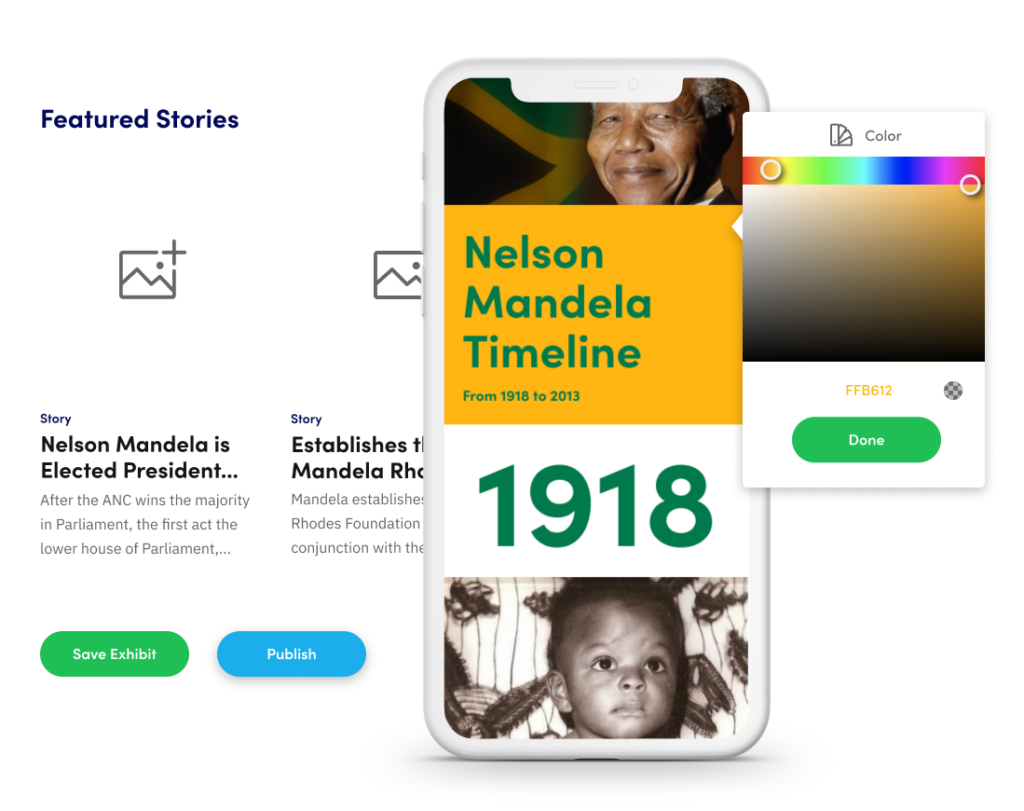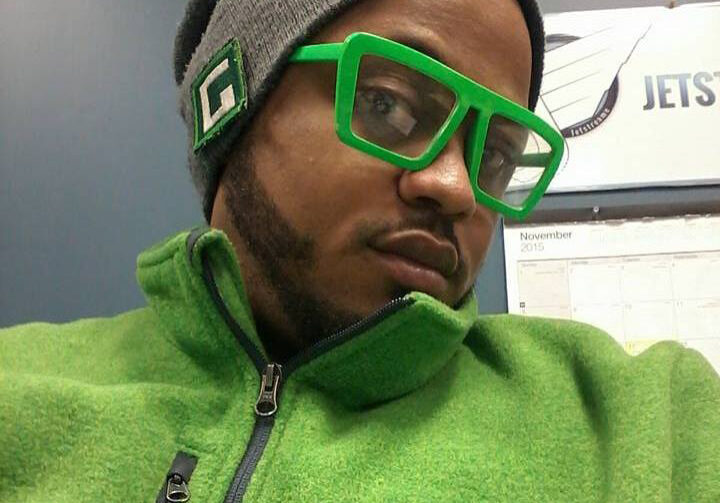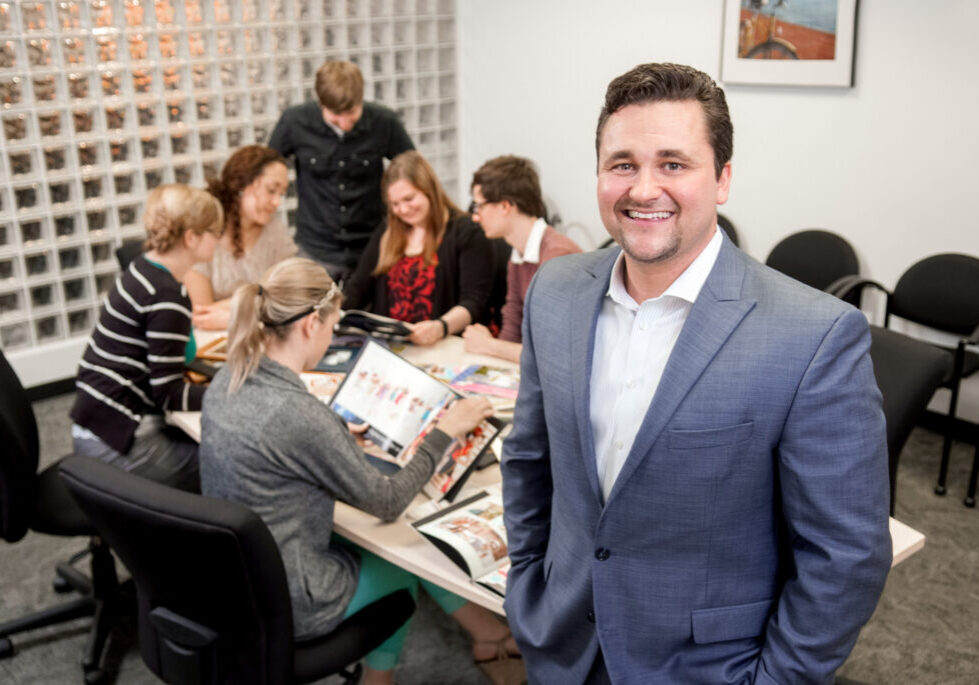Chris Cummings’ original vision for Pass It Down, a digital exhibit platform based in Baton Rouge, was to help families tell their individual stories. As a teenager, Cummings sought a way to preserve his mother’s memories before early-onset dementia robbed her of them. But those solutions weren’t affordable, so he was inspired to create his own.
After gaining traction — and a lot of press — from a high final placement in Miller Lite’s Tap the Future pitch competition, Cummings was approached by Library Journal’s 2014 Librarian of the Year Corinne Hill to use the software for public institutions to make local histories more accessible and engaging. That pivot set off a chain reaction that made Pass It Down the key player in the museum industry that it is today.
Museums preserve moments, but Pass It Down gives them new life. Here’s how the platform is revolutionizing the museum industry.
Tap Into Industry Trends
Museums and cultural heritage institutions have been competing with “instant message” culture since before COVID-19. Even when people were physically inside buildings, exhibits were competing with the technology in our pockets. “Pre-COVID, the industry was starting to realize that they needed to digitally transform and evolve their experiences,” Cummings says. “COVID has rapidly accelerated the need to go digital.”
Since the pandemic, institutions that haven’t already embraced digital media are falling further behind. Pass It Down’s platform resonates in the industry because it’s affordable and fills the digital gap most institutions have. There are applications for Pass It Down in other industries, too. While the company’s outbound marketing targets museums, libraries and cultural heritage institutions, public and private entities constantly approach them about bringing new life to their history. Pass It Down worked with Porsche, for example, to create a digital exhibit of the company’s history in their experience center and to make their gallery of photos interactive through visitors’ smartphones.
Make History More Accessible
Museums and cultural institutions have tons of content either housed within their buildings or in their online archives. But that content, especially online, is hard to access and navigate. “The problem today isn’t whether people have enough content,” Cummings says. “It’s how do you make that content more engaging and interactive?” Most solutions to make content more accessible and engaging are either outdated or boutique and, therefore, extremely costly. But Pass It Down fills that niche with an option that runs 10-20% of the cost of a local agency.
The platform is interactive and can bring a lot of diverse information together on a single webpage, like this timeline Cummings and his team created to share and celebrate Ruth Bader Ginsberg’s life. Pass It Down’s digital displays increase engagement with historical content. The RBG timeline, Cummings says, generated thousands of impressions within 30 minutes of being shared.
Pass It Down also brings geographically diverse content together in one digital space. They worked with the city of Portland, Ore., to develop and host a streamlined site where tourists and locals alike can see all of the art the city has to offer. The project has been so successful, Cummings says, that other cities in the Portland area have expressed interest in adding their art catalogs to the database.
Facilitate Individual Stories
In a world of TikTok and Kickstarter, crowdsourcing is trending. Whether it’s to share stories or seek funding, digital media offers an opportunity to be heard. And when it comes to history, Pass It Down provides a similar opportunity. While Facebook and other social media offer snapshots of individual lives, those moments are posted without context. Pass It Down’s platform allows individuals to share stories that in the past might have been lost to history — especially stories from women and people of color.
“It’s not only being able to showcase and create more interactive exhibits: it’s about being able to turn every visitor into a participant,” Cummings says. “Our digital recording booth and storytelling features mean that everyone that walks through your door has an opportunity to share their story.” For example, Cummings partnered with Corinne Hill at the Chattanooga Public Library in Tennessee to facilitate The Chattanooga Memory Project, which allows individuals to add their memories of the city. Pass It Down’s platform doesn’t just preserve moments, it captures living history.




